One of the biggest advantages of material manufacturing is the complete customization of the components. This technology is ideal for the production of implants that are custom designed for patients in the medical field, such as maxillofacial surgery. Such implants have the best size, shape and mechanical properties. Customized craniofacial implants 3D printing craniomaxillofacial implant challenge The process of producing craniofacial implants is challenging. If heat treatment is not performed, the implant will have a "rebound effect" due to residual stress at certain print settings. This "rebound effect" can cause severe deformation of the component, making the implant incapable of adapting to the patient. The magnitude of the effect of the rebound effect depends on how the part is placed and the support settings. However, finding the right settings is very complicated and time consuming. Rebound effect In this case, we studied the different support settings for patient-customized craniofacial implants and determined which setting method produced the least rebound effect and was therefore the most suitable for 3D printing. We determine the final deformation of the part after removal of the support by a precisely calibrated intrinsic strain method. We also confirmed the simulation results by comparing them with the printed parts. Simulate the entire platform in three minutes As we explained in the previous simulation push, simulation is a powerful tool to minimize print failure rates. It provides valuable feedback on the placement and support of important areas. Let's take a look at the simulation process: 1. Get the shape of the parts and support settings 2. Voxelize the part and consider the boundary conditions of the support structure 3, through the inherent strain method to print simulation layer by layer 4. Corresponding to the original part of the voxel simulation result Step 2: Voxelization of 3 different parts We decided to focus on the simulation speed, so the component voxel accuracy is relatively low. Our goal is not to simulate the exact deformation of each setting, but to qualitatively determine which settings have the least deformation. In just 3 minutes, we simulated the entire voxel platform. evaluation result Deformation simulation after removing the support structure We use the Magics simulation module to simulate and view the results. The ability to selectively load the most relevant simulation data in Magics further improves the workflow for finding the best placement angle. The following image shows the simulation results of the three different component support settings and the deformation of the craniofacial implant after removal of the support structure. As you can see, the component support settings in the middle image are minimally deformed and do not contain any red or yellow areas. To further confirm the simulation results, we compared the simulation results, the printed parts, and the original design. As shown below, the simulation and print results have the same error. The setting of the above figure has the largest error with the original design, and the error of the middle picture is the smallest. Simulation results, printed parts and original design comparison Find the smallest deformation In this case, we used finite element simulation to quickly predict the overall deformation of a patient's customized craniofacial implant in three different component support settings. The low-precision voxel approach makes simulation faster to provide quick feedback on the qualitative deformation trend for each setting. Physical printing confirmed that in the three setups of this study, the deformation of the solution after removal of the support was minimal. Therefore, this simulation case also confirms that the powerful predictive power of simulation is a very valuable tool for additive manufacturing engineers. By using the Magics simulation module, we can evaluate the design before production to quickly find the optimal part placement and support settings. With nearly 30 years of experience in additive manufacturing, Materialise is developing professional simulation capabilities for additive manufacturing to make our additive manufacturing process easier. Automatic Cat Litter Box,Self Cleaning Cat Litter Box,Kitty Litter Box,Enclosed Cat Litter Box NINGBO BRIGHT MAX CO., LTD. , https://www.smartrider-horsetacks.com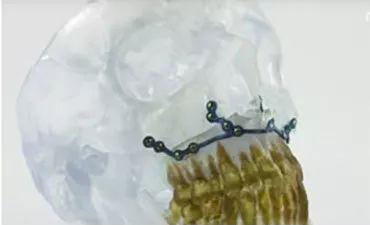
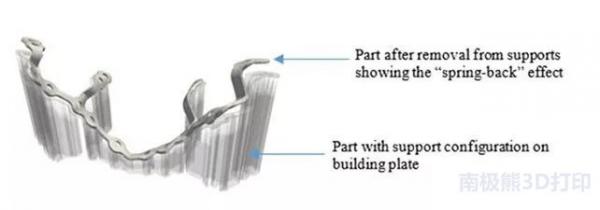
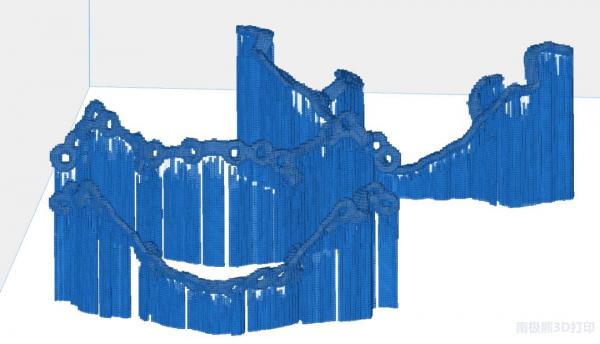
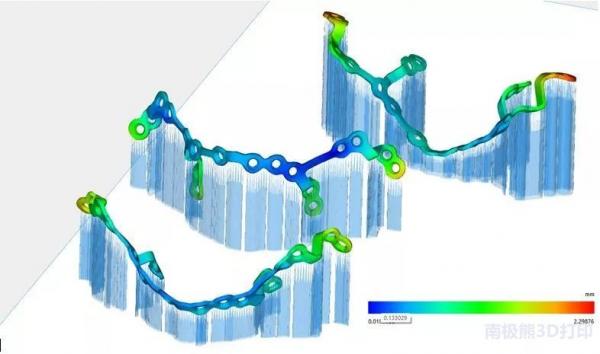
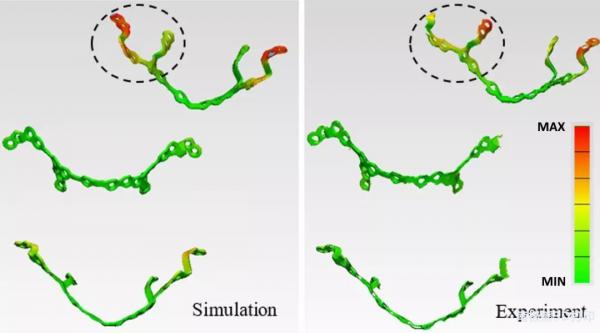
Additive Manufacturing Simulation: A Guide to Optimal Part Placement and Support Setup